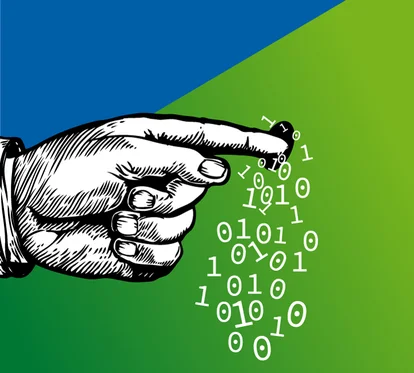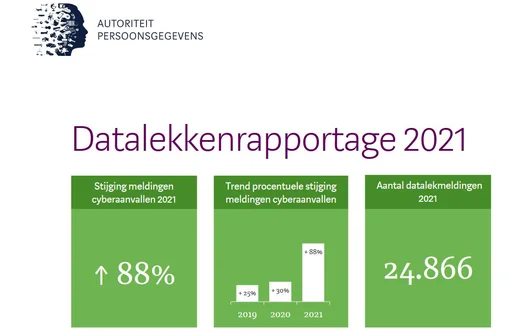According to the Data Breach Report 2021 of the Data Protection Authority (Autoriteit Persoonsgegevens or AP), last year the Dutch privacy watchdog received 24,866 data breach notifications. That is an increase of 4% compared to 2020 (23,976 notifications). It is remarkable that the proportion of data leaks resulting from cybercrime (hacking, malware, or phishing) is once again rising sharply.
Data breaches resulting from digital attacks now comprise about 9% of the total number of reports, compared with 5% last year. According to the Data Breach Report, the AP received 88% more of these reports last year than in 2020.
The risk of data leaks has been under the spotlight for some time now. It is no coincidence that the Dutch government introduced the Data Leak Notification Act in 2016, and also at the European level new legislation has been developed. Data Leakage Prevention (DLP), the prevention of data breaches, is therefore more important than ever. This calls for extra attention to be paid to well-organized cybersecurity and adequate protection of personal data.



